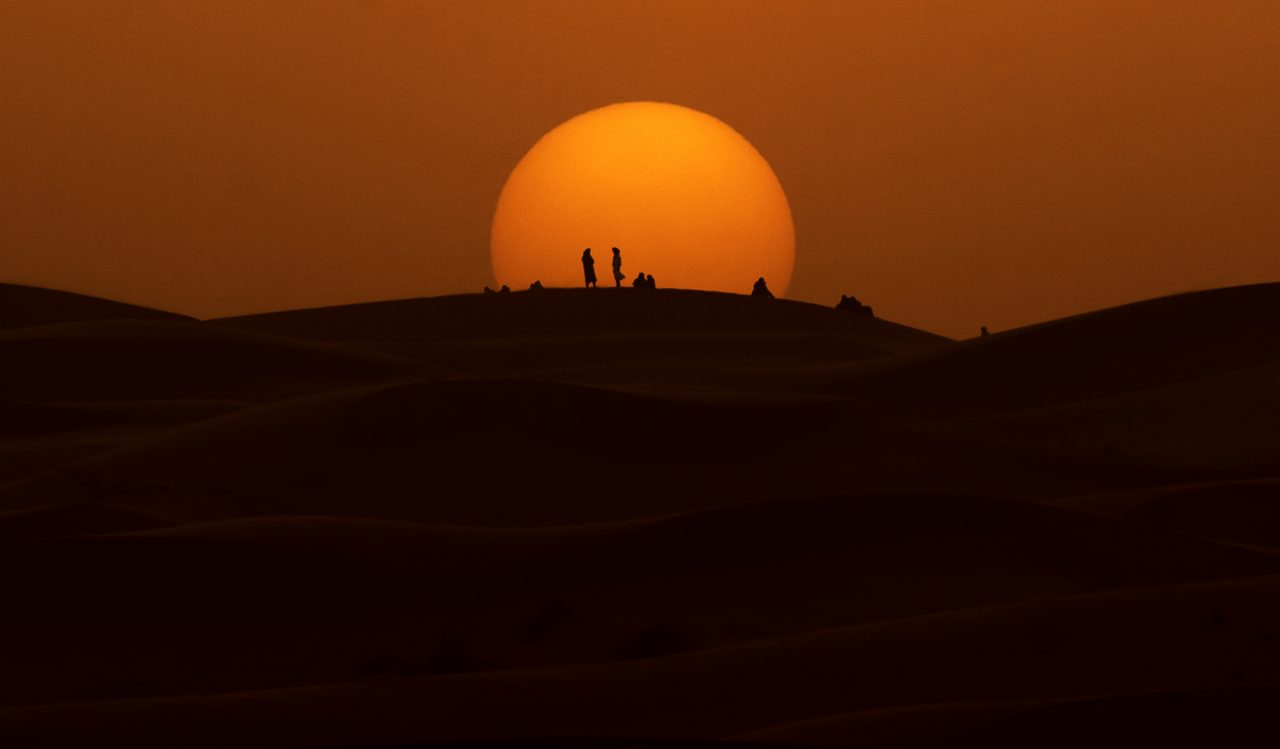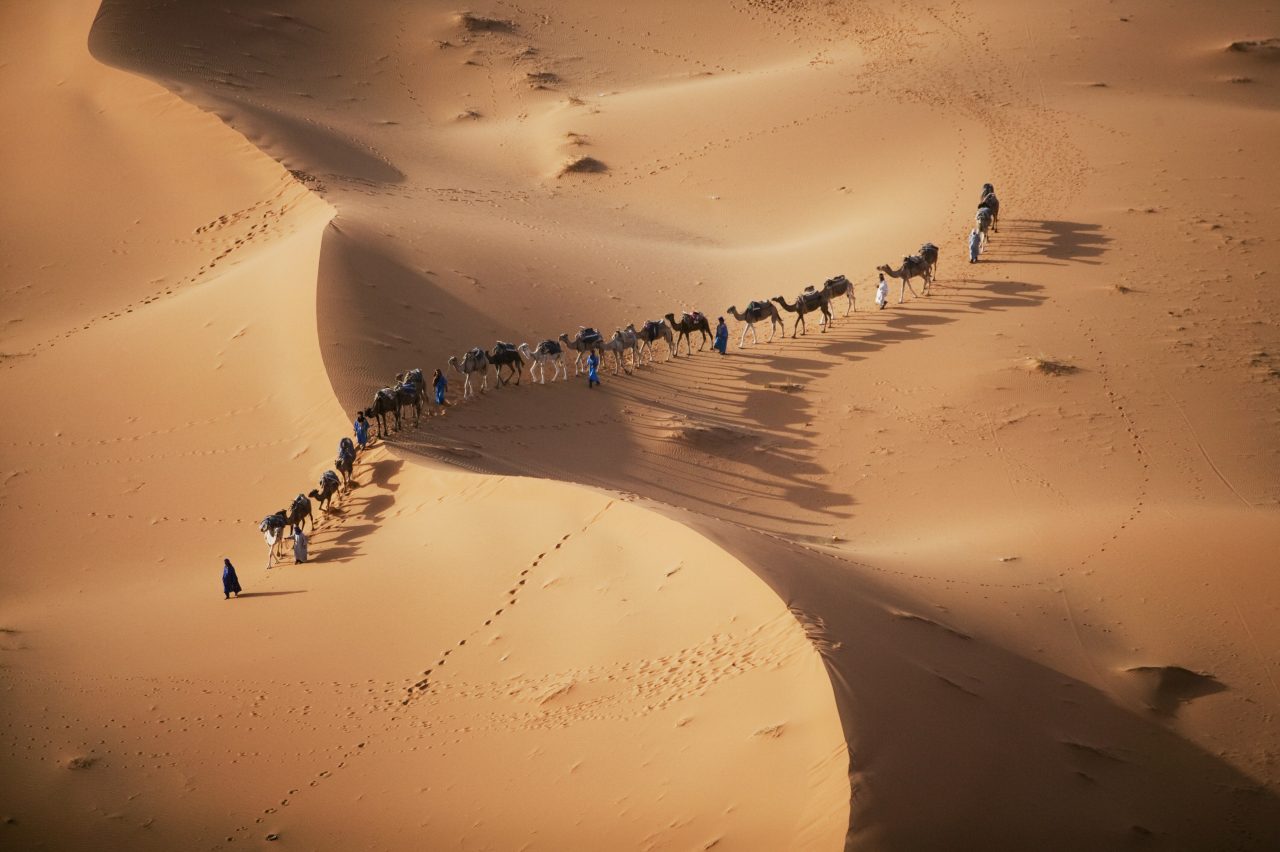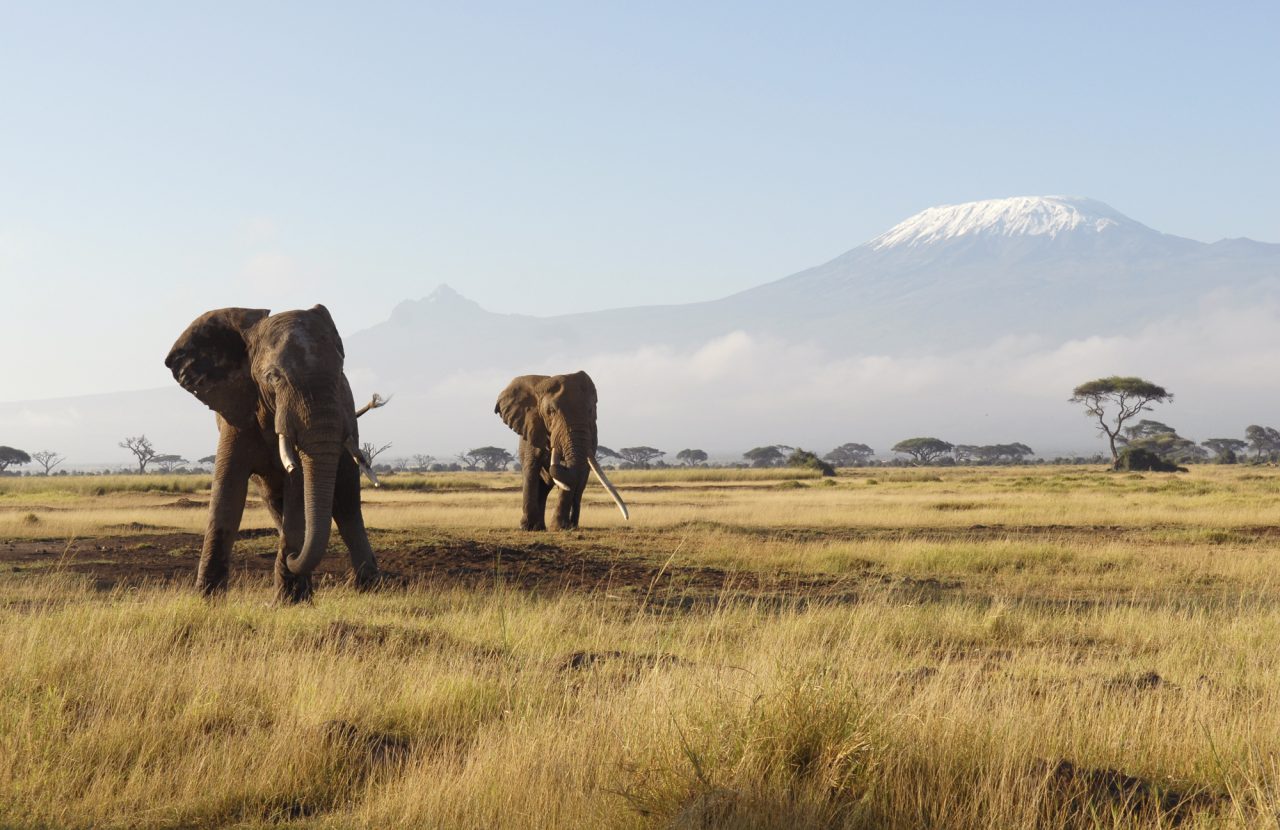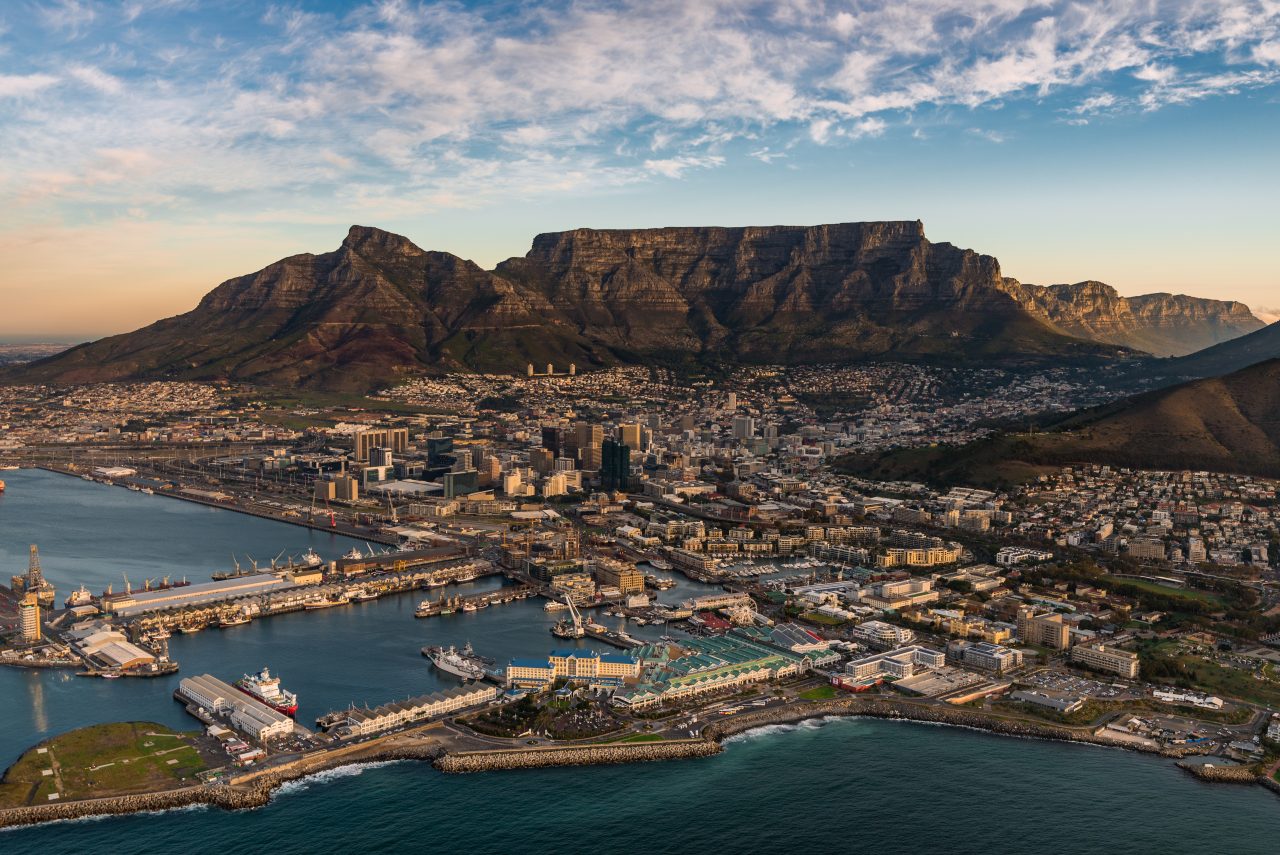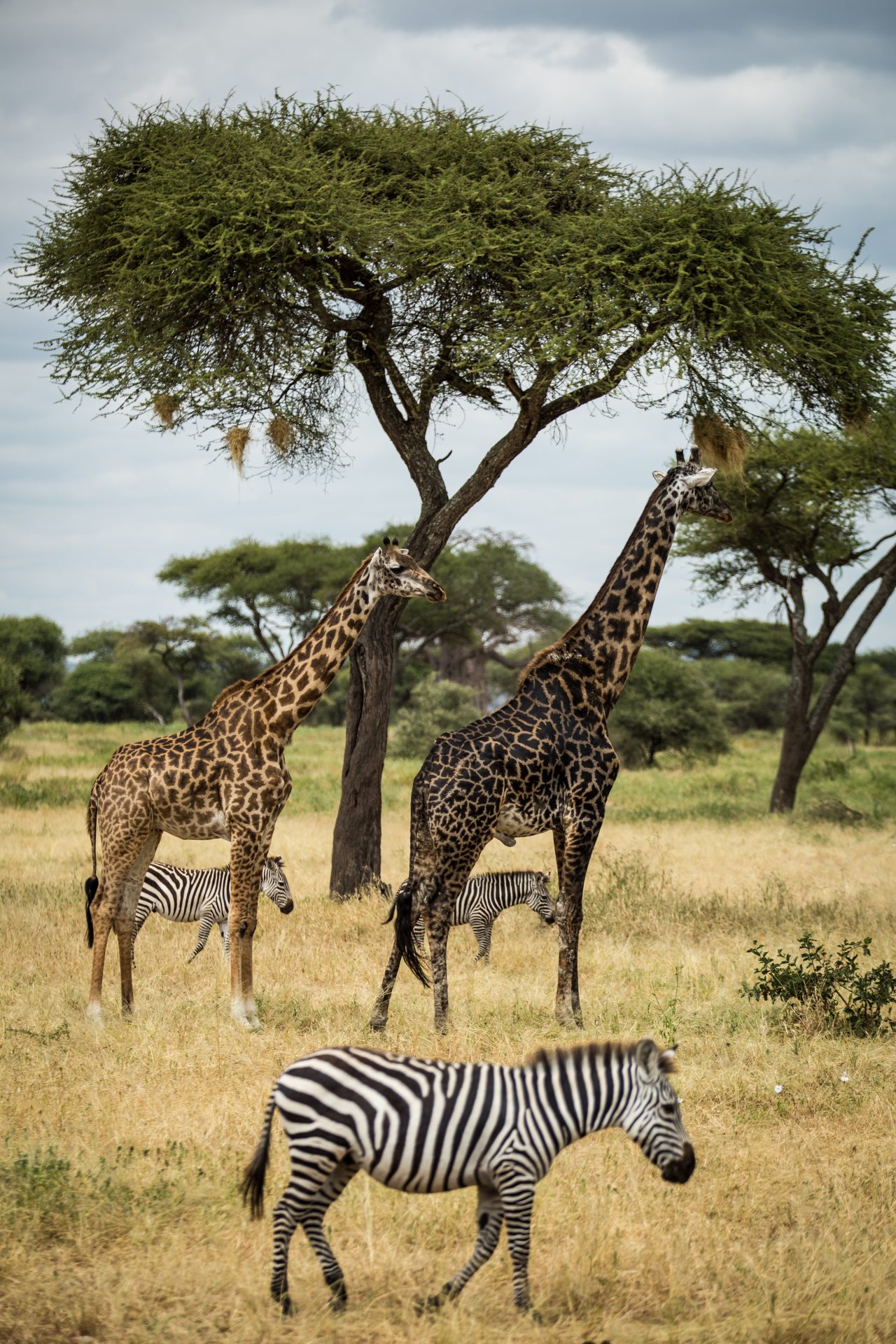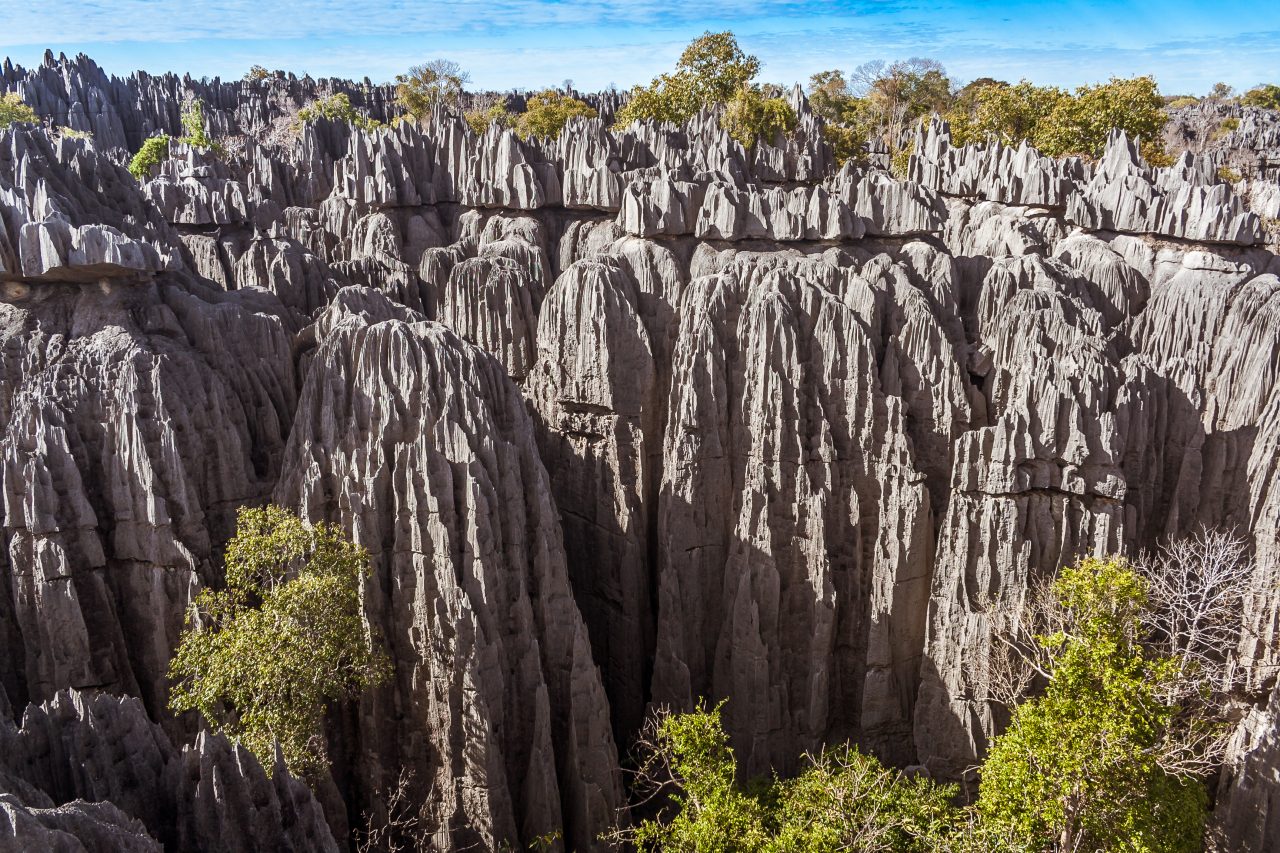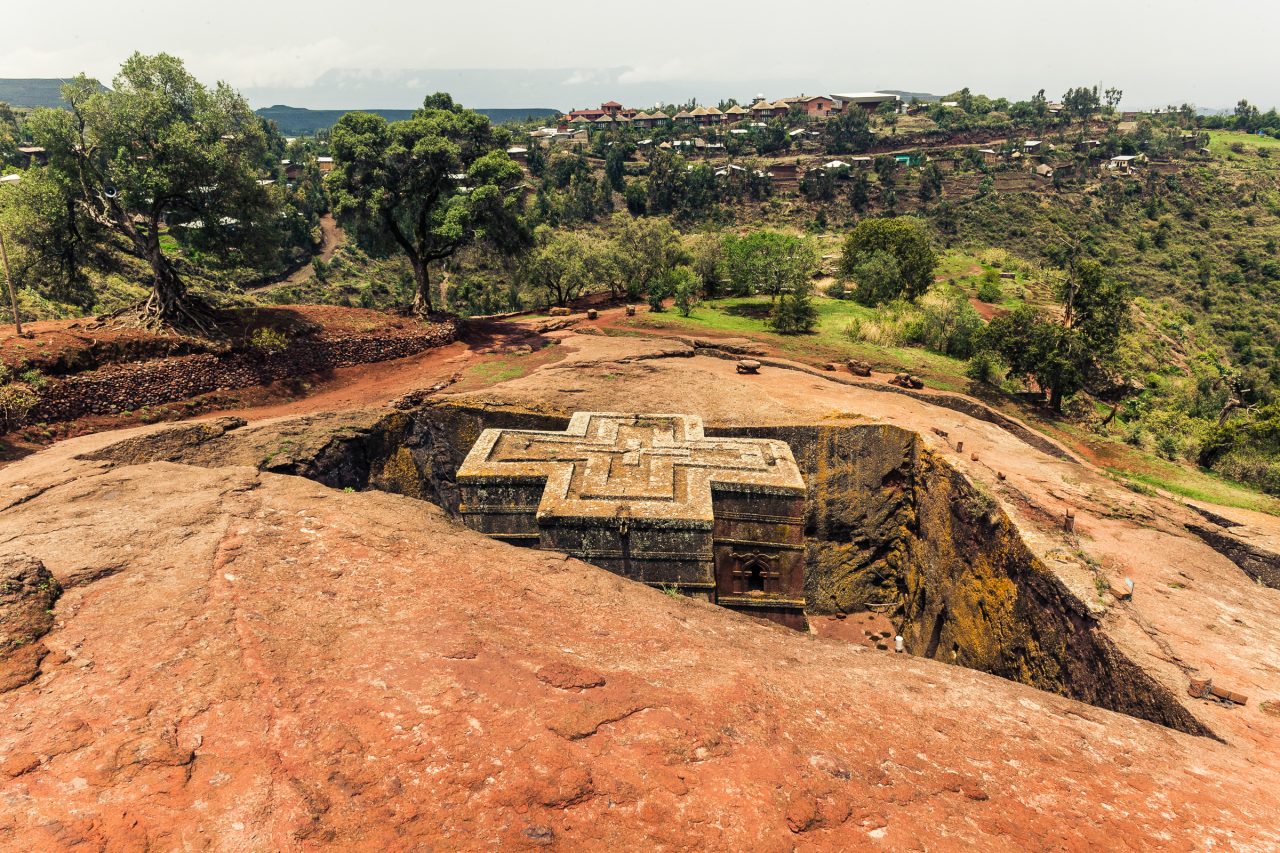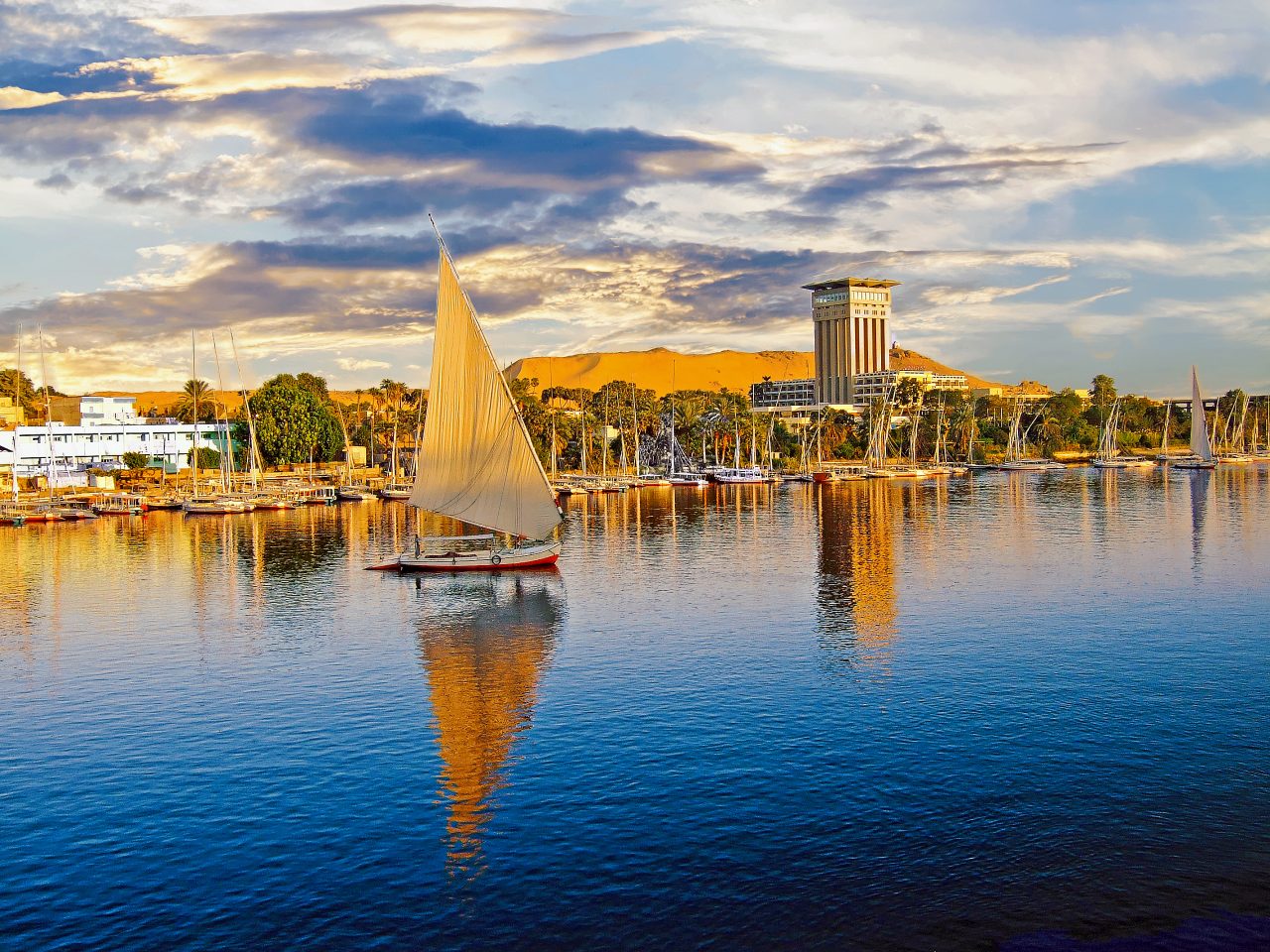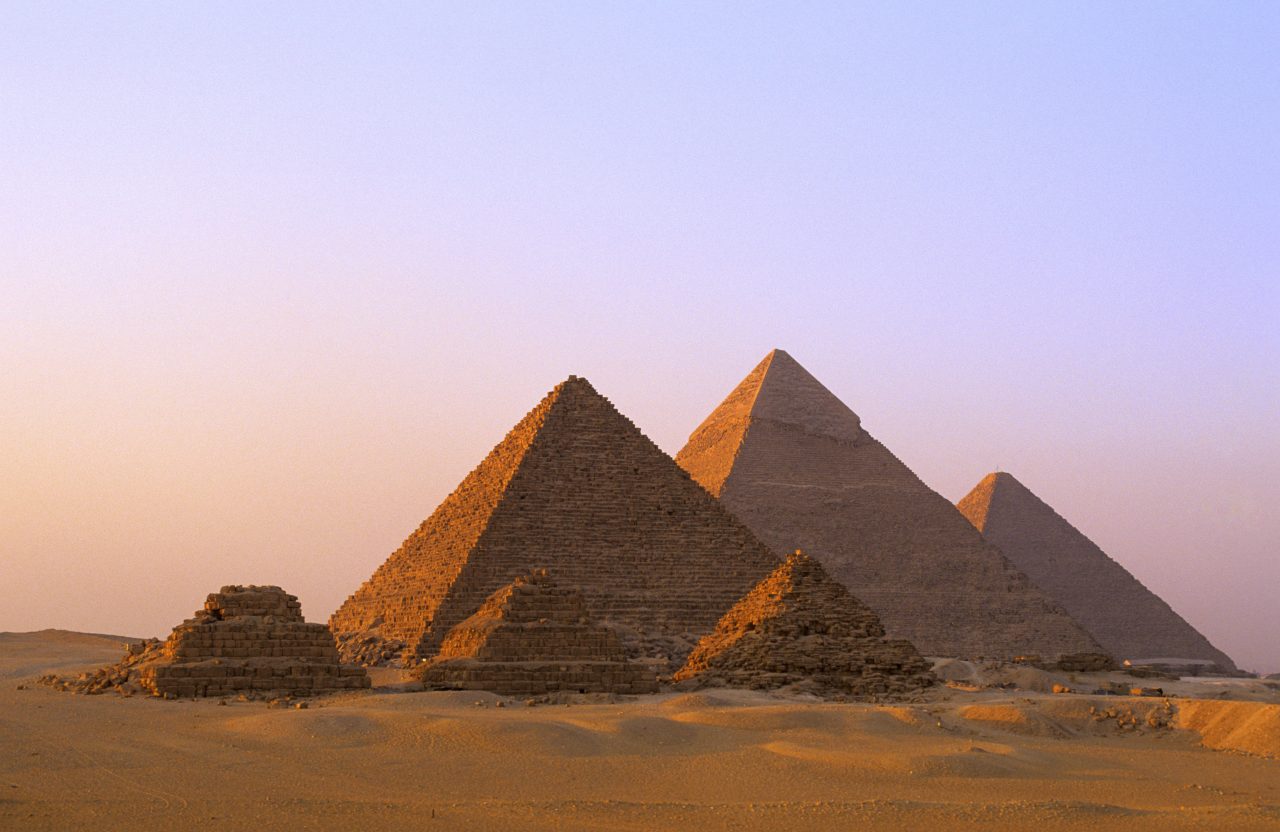5. The Pyramids | Egypt
Across the world, there are seven places that are known for a separate group of classical monuments. These are acclaimed for their structural magnificence and historical significance. The Colossus of Rhodes, the Hanging Gardens of Babylon, the Lighthouse of Alexandria, the Mausoleum of Halicarnassus, the Statue of Zeus at Olympia, the Temple of Artemis at Ephesus and the Great Pyramids of Giza constitute the Seven Wonders of the World.
While all the wonders were impressive in their own day, only one of them is largely intact today. This masterpiece of antiquity is also the oldest of all seven, an impressive and captivating testament to royal gratitude that sits on a plateau southwest of Egypt’s capital Cairo: the Great Pyramids of Giza.
The fascinating wonder consists of three limestone pyramids: the Pyramid of Khufu (also known as the Great Pyramid of Giza), the Pyramid of Khefren and the Pyramid of Menkaure. Next to them is The Great Sphinx of Giza, which is dedicated to an unknown Egyptian royal. The Pyramid of Khufu is the oldest and largest of the three Giza necropolis, with a height of 138.8 metres. According to the experts, it took 20 years to build it and it is believed to have been completed in 2560 BC. It is assumed that the construction was ordered by the second ruler of the Fourth Dynasty, Pharaoh Khufu, who ruled between 2609 and 2584 BC.
The pyramids were built in such an elaborate style that for several thousand years it was believed to have been built by extraterrestrials. However it is more likely that Cheops’ vizier Hemiunu was the architect. The techniques used during the construction are still debated, and experts have calculated that they would have had to hoist around 800 limestone blocks every day in the scorching sun.
It is a wonderful example of architectural genius, and for almost 4,000 years, the Great Pyramid was the tallest man-made structure in the world, until skyscrapers started to appear. The Great Pyramid was originally clad in stone which gave it a smooth surface, and what we see today is the underlying core structure.
